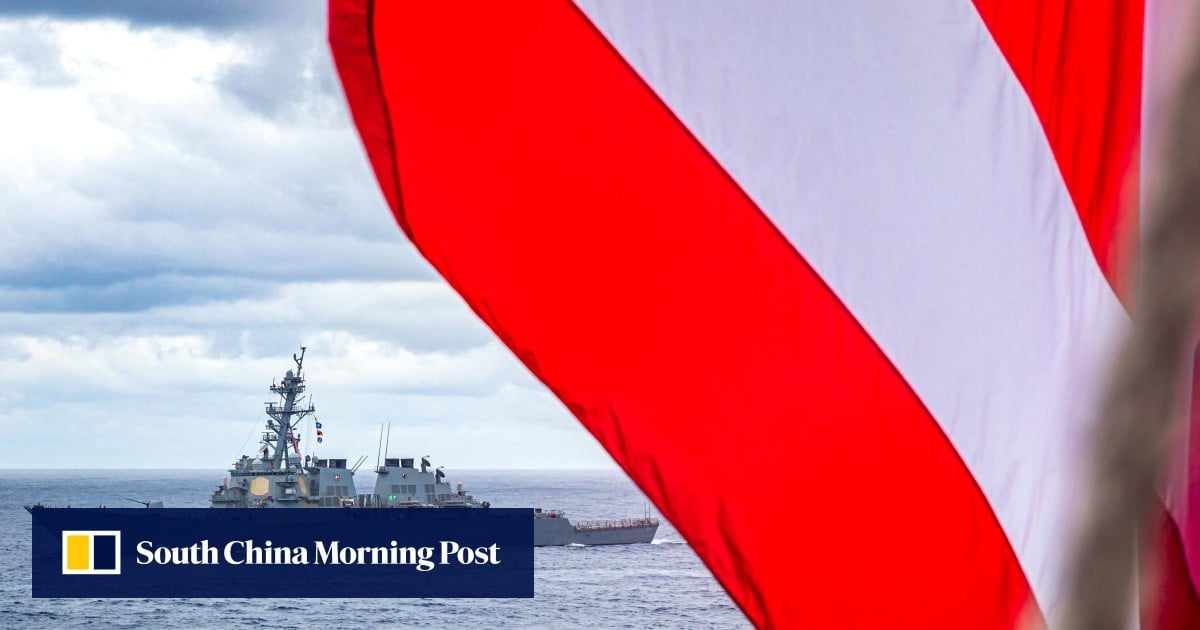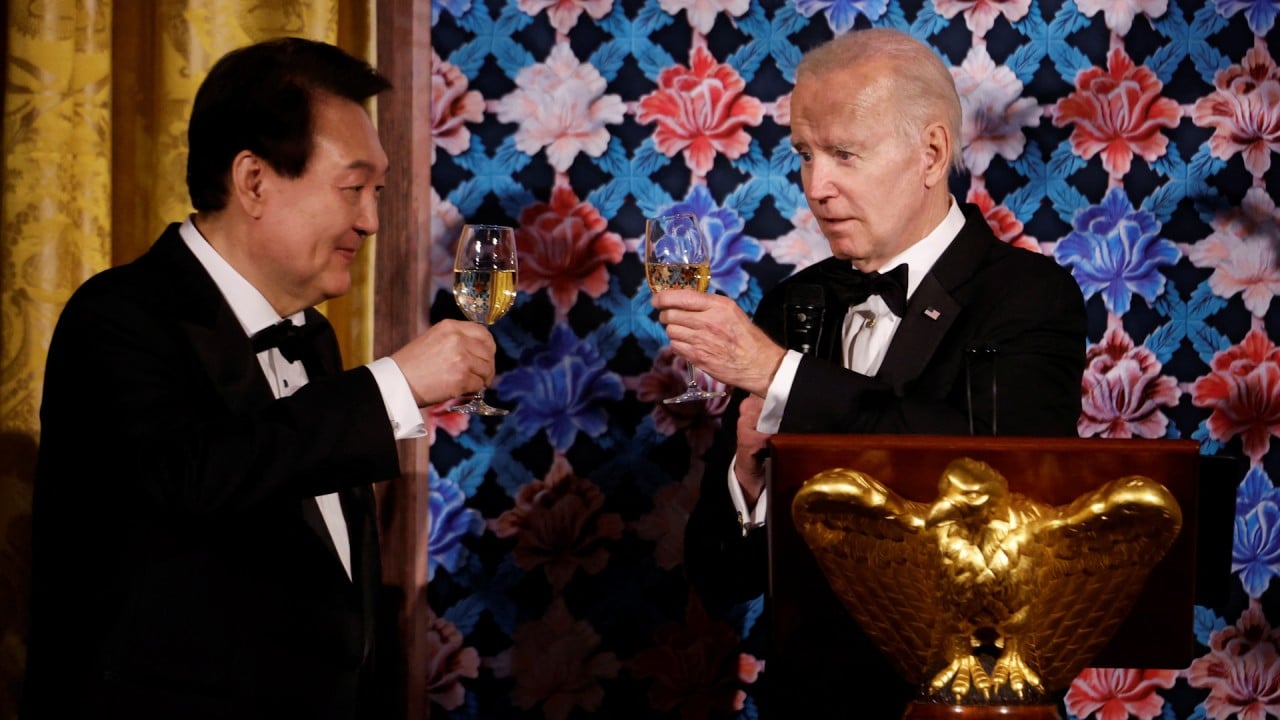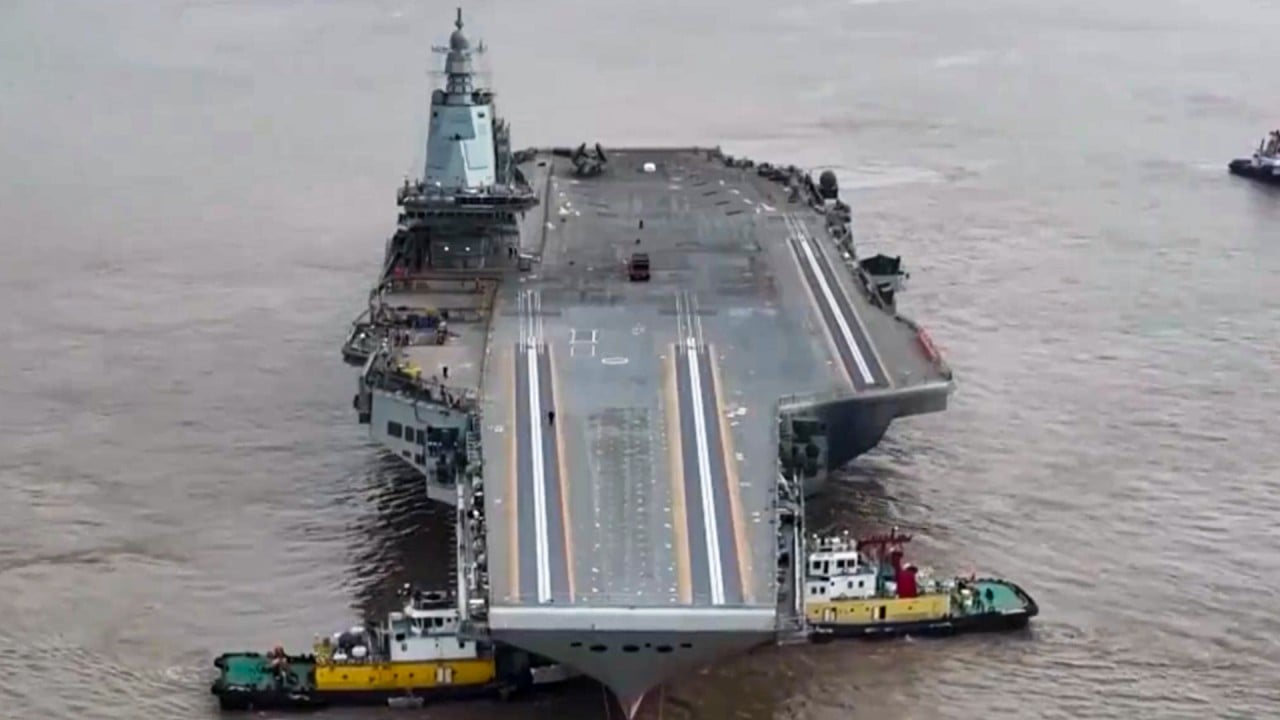“So there are opportunities I think that we can pursue, and we need to keep open-minded about those opportunities.”
Del Toro visited South Korea and Japan in February, touring facilities run by South Korean shipbuilding giants HD Hyundai Heavy Industries in Ulsan and Hanwha Ocean Co Ltd in Geoje Island, as well as a Japanese shipyard run by Mitsubishi in Yokohama.
While in South Korea, Del Toro said that as China continued to “aggressively pursue worldwide shipbuilding dominance”, the importance of Korean shipbuilding as “an asset” to the Washington-Seoul alliance “and to the network of global maritime democracies cannot be overstated”.
Del Toro has been stressing the importance of US collaboration with its allies to advance commercial and military shipbuilding capabilities, as part of his “maritime statecraft” initiative to reinvigorate Washington’s comprehensive naval power and align with the Pentagon’s calls to revive the US defence industrial base.
In a speech to the Harvard Kennedy School in September, Del Toro said the US maritime industry was “ripe with opportunity to partner with a greater number of shipbuilders here in the US and with our closest allies overseas, including Japan and South Korea”.
South Korea and Japan, along with China, are the top three shipbuilders in the world, taking a total of 95 per cent of global orders in 2023, according to British shipbuilding and shipping market analysis firm Clarksons Research.
China led the pack with 60 per cent, followed by South Korea with a 24 per cent market share, and Japan on 11 per cent, the company said.
Troy Stangarone, a senior director and fellow at the Korea Economic Institute, said “South Korean skills and capabilities could add significantly to the US industrial base, both in terms of added capacity and high-value ship production”.
“China would likely be wary of increasing shipbuilding cooperation on military vessels between the United States, South Korea and Japan as it would draw the three countries closer together and increase their combined capacities,” he said.
Woo Jong-hun, a professor of naval architecture and ocean engineering at Seoul National University, said Washington’s geopolitical “crisis awareness” of Beijing’s rapid growth in sea power was behind the US Navy’s move.
“The US can only build less than two nuclear submarines per year, while China can build up to two to three, and it is predicted that the gap will widen further in the future. When it comes to warships, the gap between them is widening ,” Woo said.
“As various geopolitical problems arise, Korea and Japan are the only countries with the capabilities to produce a certain volume of warships and submarines. There are a few other countries – like Australia – but they do not have the kind of construction capabilities that Korea and Japan have.”
In its annual report to Congress in October on China’s military and security development, the Pentagon said the PLA Navy was the world’s largest sea force, with more than 370 battle platforms, and was expected to grow to 395 ships by 2025 and 435 by 2030.
The report said Beijing placed a “high priority on modernising its submarine force”, with the 60-strong fleet – including six nuclear-powered ballistic missile subs and six nuclear-powered attack vessels – expected to grow to 65 units by next year and 80 by 2035.
Rand Corporation senior international defence researcher Timothy Heath said Del Toro’s proposal reflected the current thinking of the White House, as it sought to expand cooperation among allies and partners to speed up US defence construction and improve technology collaboration.
Heath said the trilateral collaboration in the naval industrial base was a “reasonable response to both China’s own rapid military modernisation and financial pressures to control the costs of defence spending”.
“China will object strongly to what it perceives as an anti-China coalition of countries. China will in particular object to Japan’s participation, which Beijing will probably denounce as evidence of its ‘re-militarisation’,” he said.
“All three countries share a concern about China’s military build-up and coerciveness. But the cooperation also shows that the three countries are also experiencing economic stress and are thus hoping to leverage the resources of their ally to achieve defence industry goals.”




